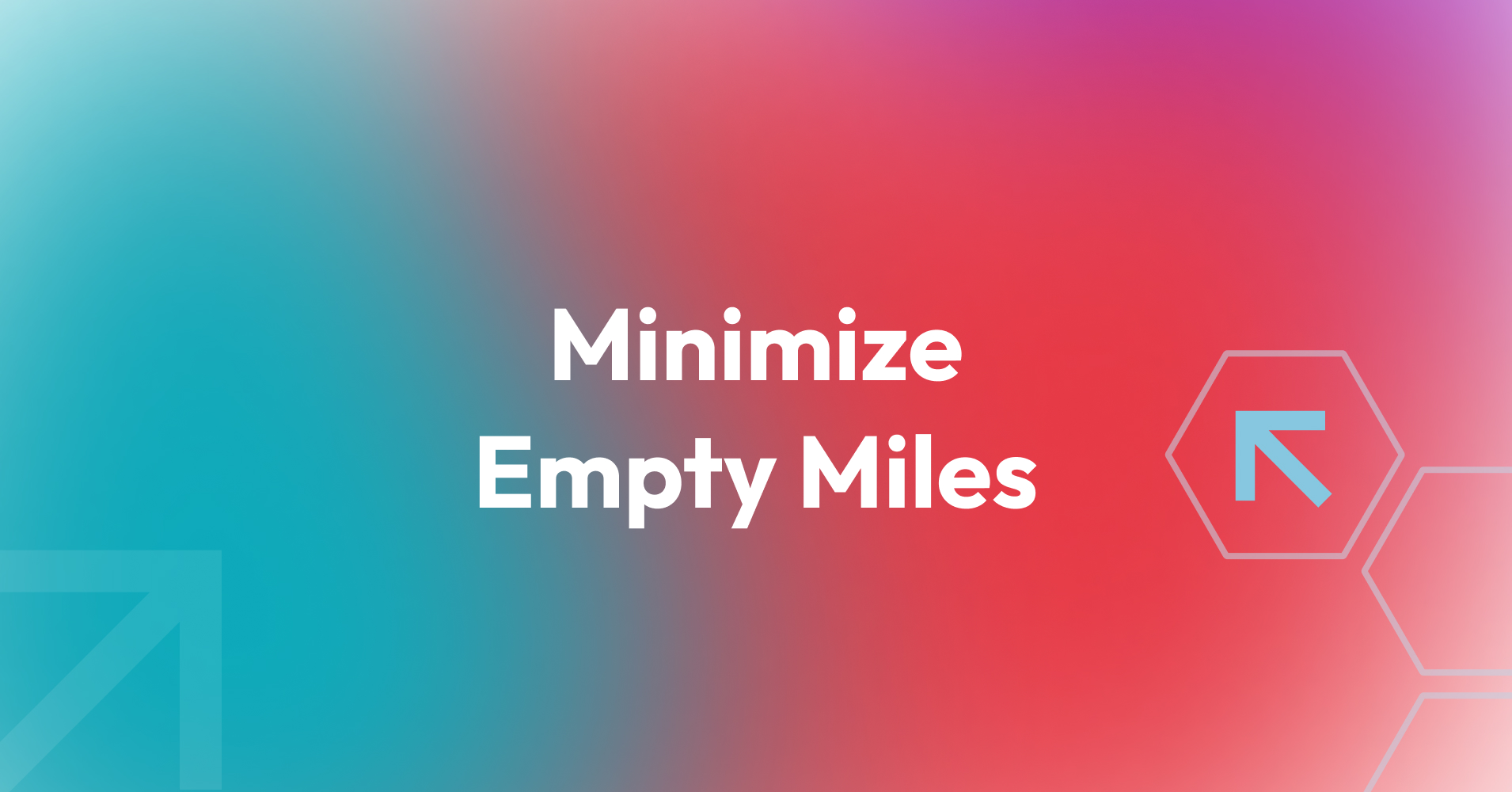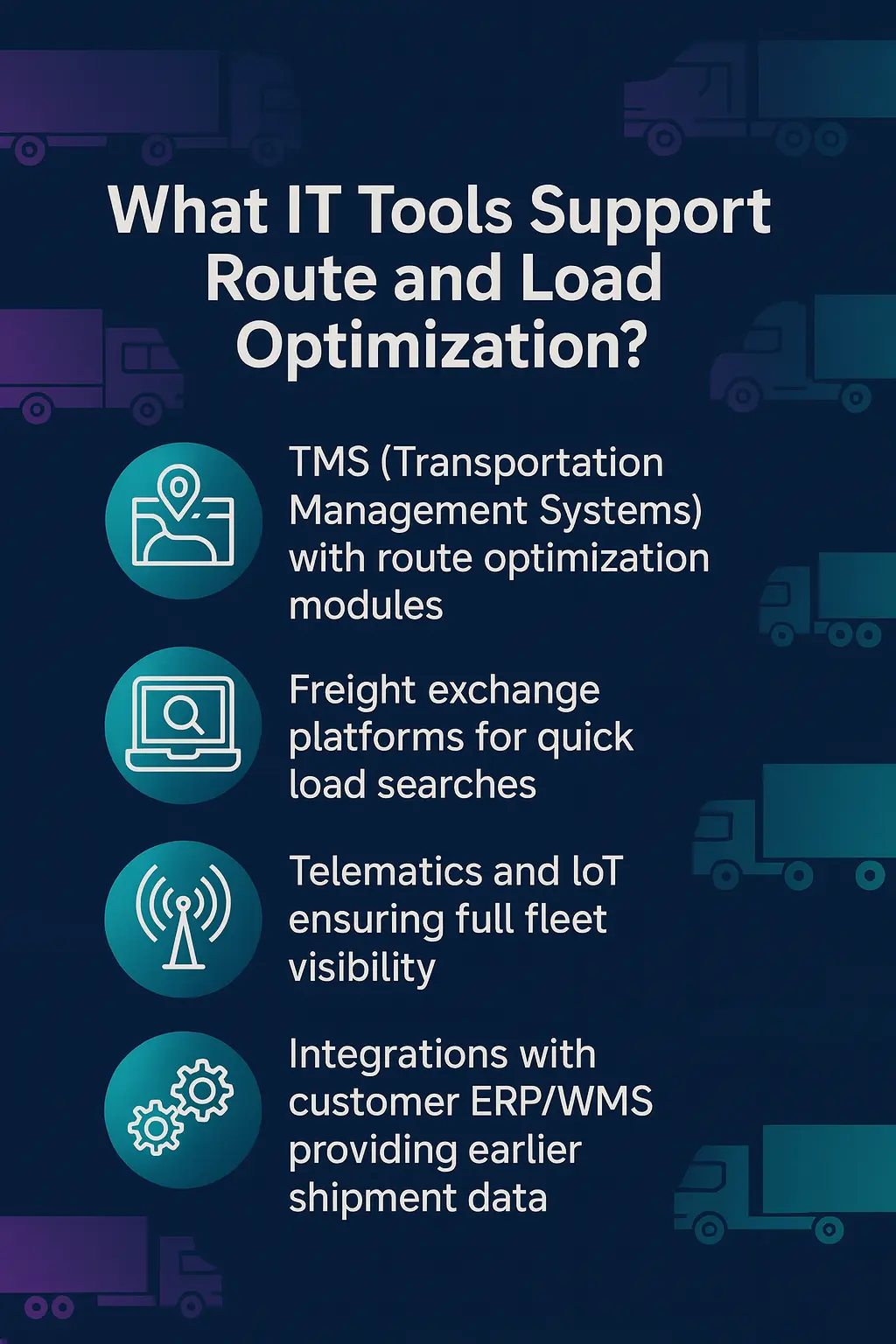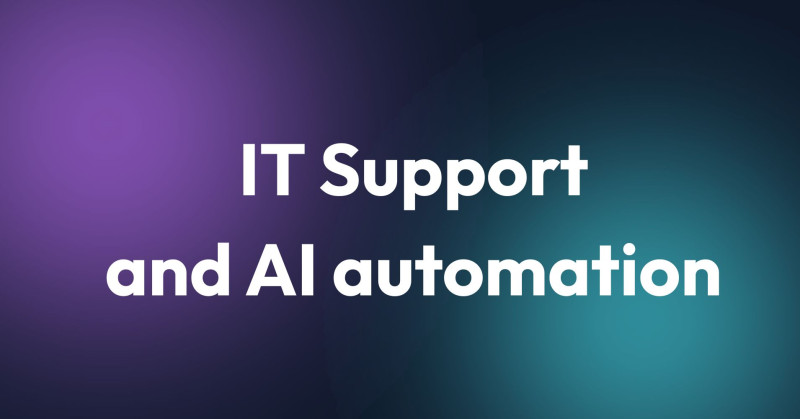In road transport, as many as 20–24% of truck trips in Europe are empty. This means that every fifth kilometer generates only costs – fuel, tolls, driver working time – without any revenue.

For a transport company, the consequences are serious:
Lower profitability – empty miles can eat up as much as 5–10% of margins.
Reduced competitiveness – carriers who can minimize them offer more attractive rates.
Regulatory and reputational pressure – growing ESG requirements and EU emission reporting make inefficient trips a risk beyond just finances.
What Are the Main Causes of Empty Miles?
Lack of backhaul loads on export routes.
Market fragmentation and limited access to information on available shipments.
Route planning based on rigid schedules, without real-time updates.
Lack of cooperation between carriers and poor coordination with customers.
How Much Do Empty Miles Cost a Company?
It’s difficult to indicate one figure, but a simple calculation shows: if 20% of the kilometers driven by a medium-sized fleet (e.g., 100 vehicles) are empty, this means hundreds of thousands of euros lost annually. Every kilometer comes with the cost of fuel, driver wages, tolls, and vehicle depreciation.
What Logistics Methods Help Reduce Empty Miles?
Load consolidation – combining shipments from different customers.
Backhaul agreements – securing loads on return trips.
Flexible loading/unloading slots – more room for route optimization.
Milk runs – fixed multi-customer routes.
What IT Tools Support Route and Load Optimization?

TMS (Transportation Management Systems) with route optimization modules.
Freight exchange platforms for quick load searches.
Telematics and IoT ensuring full fleet visibility.
Integrations with customer ERP/WMS providing earlier shipment data.
Do Freight Exchanges Effectively Reduce Empty Miles?
Yes – they help secure loads for return trips, but in practice, their effectiveness is limited as they operate in real time only. AI can improve this by forecasting demand and suggesting the most profitable routes in advance.
How Can Cooperation Between Carriers Reduce Empty Miles?
Companies that share route and capacity information can significantly cut empty kilometers. Collaborative transport is becoming more popular – and AI can indicate which carriers and routes make the best match.
Can AI and Machine Learning Help Match Loads?
Yes. Machine learning algorithms can:
Analyze order history and forecast demand,
Match carriers with loads in real time,
Recommend the most profitable routes and rates.
Research shows such systems can reduce empty miles by 10–15%.
How Does Route Planning Impact Empty Kilometers?
Static planning doesn’t keep up with reality. Dynamic routing, supported by AI, reacts to delays, traffic, or canceled loads, making better use of return trips and minimizing inefficient kilometers.
What KPIs Should Be Measured?
% of empty kilometers out of total distance,
Load factor (average cargo utilization),
Cost per kilometer with and without load,
CO₂ emissions per kilometer,
Time needed to find a backhaul load.
What EU Regulations Affect Empty Miles?
New CO₂ standards for trucks – emission reduction by 45% by 2030.
ETS2 (from 2027) – emission costs in fuel, making empty miles even more expensive.
CSRD/ESRS – obligation to report emissions and supply chain efficiency.
What Cloud Solutions Are Available?
Modern cloud-based TMS and FMS allow for:
Real-time fleet monitoring,
Automatic integration with freight exchanges,
KPI and emission reporting,
Easier cooperation between carriers and clients.
How Does Integration with Customer Systems Help?
Integration with ERP or WMS enables earlier planning. If a carrier’s system “knows” that goods will be ready at 3 p.m., it can plan a backhaul trip in advance and avoid empty kilometers.
Do Electric Trucks Solve the Empty Miles Problem?
No. They reduce emissions but don’t eliminate the operational costs of running empty. Limited range and charging needs even require better planning, which makes AI support even more critical.
What Trends in Logistics Support Empty Mile Reduction?
Sharing economy and fleet collaboration,
Dynamic freight pricing,
Digital freight matching platforms,
Telematics and real-time visibility,
AI for forecasting and route optimization.
Empty Mile Reduction: Summary
Minimizing empty kilometers is not just an operational issue – it’s a strategic challenge impacting financial results, competitiveness, and reputation.
Recommendations for executives:
Measure current empty mile share and cost.
Invest in IT tools and client system integrations.
Pilot AI in route planning and freight matching.
Collaborate with other carriers through shared transport models.
Track KPIs and report progress in the ESG context.
Companies that leverage AI to cut empty miles today will become tomorrow’s cost and sustainability leaders in logistics.





















